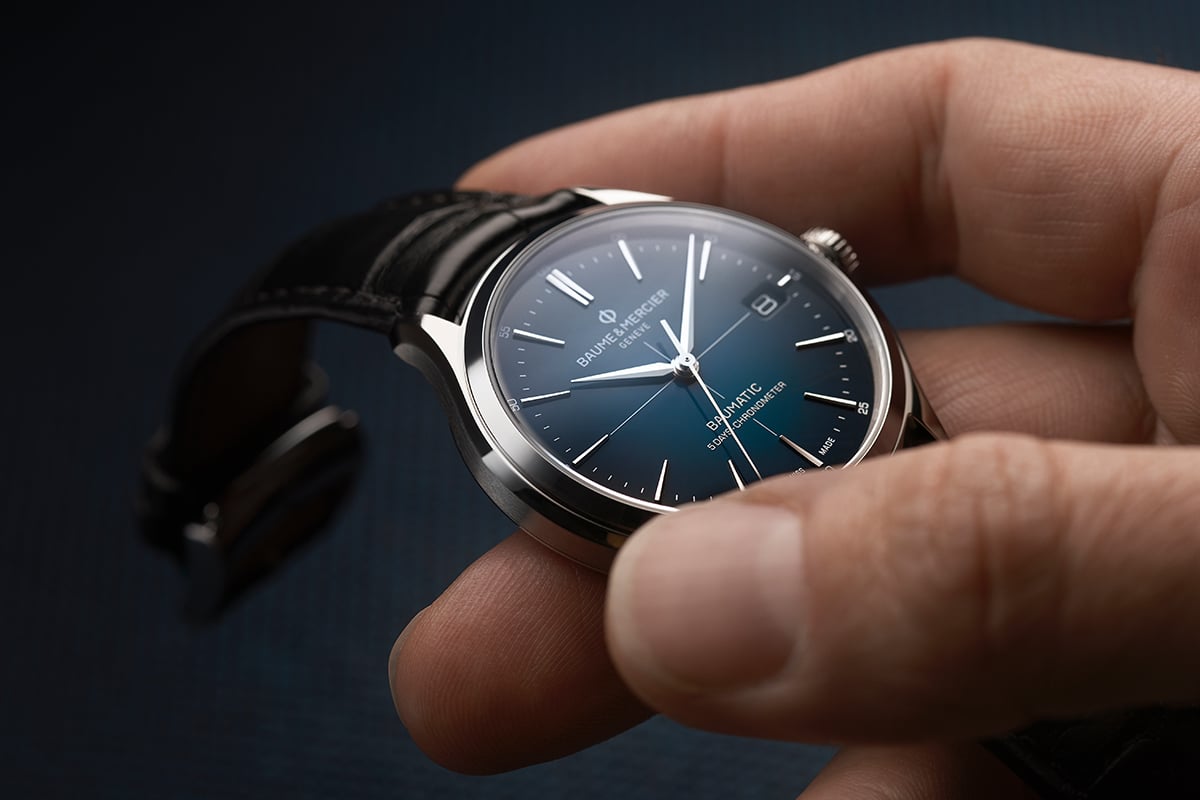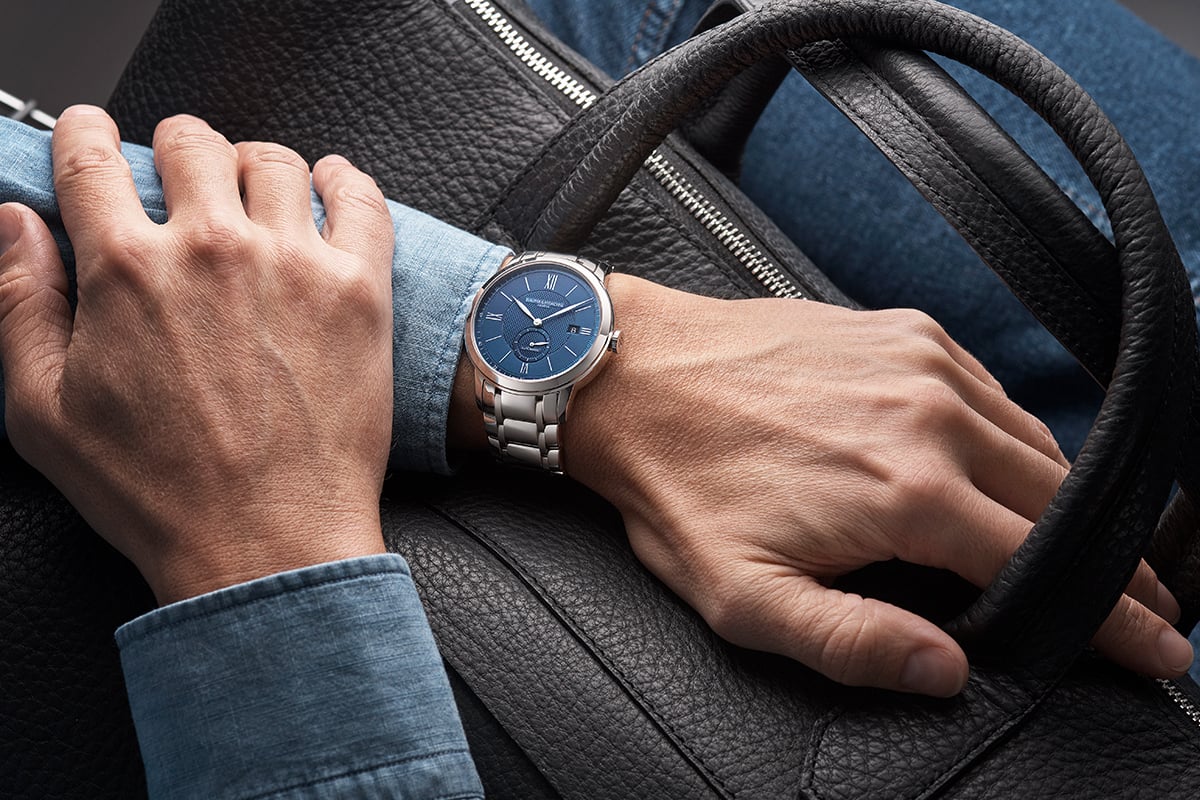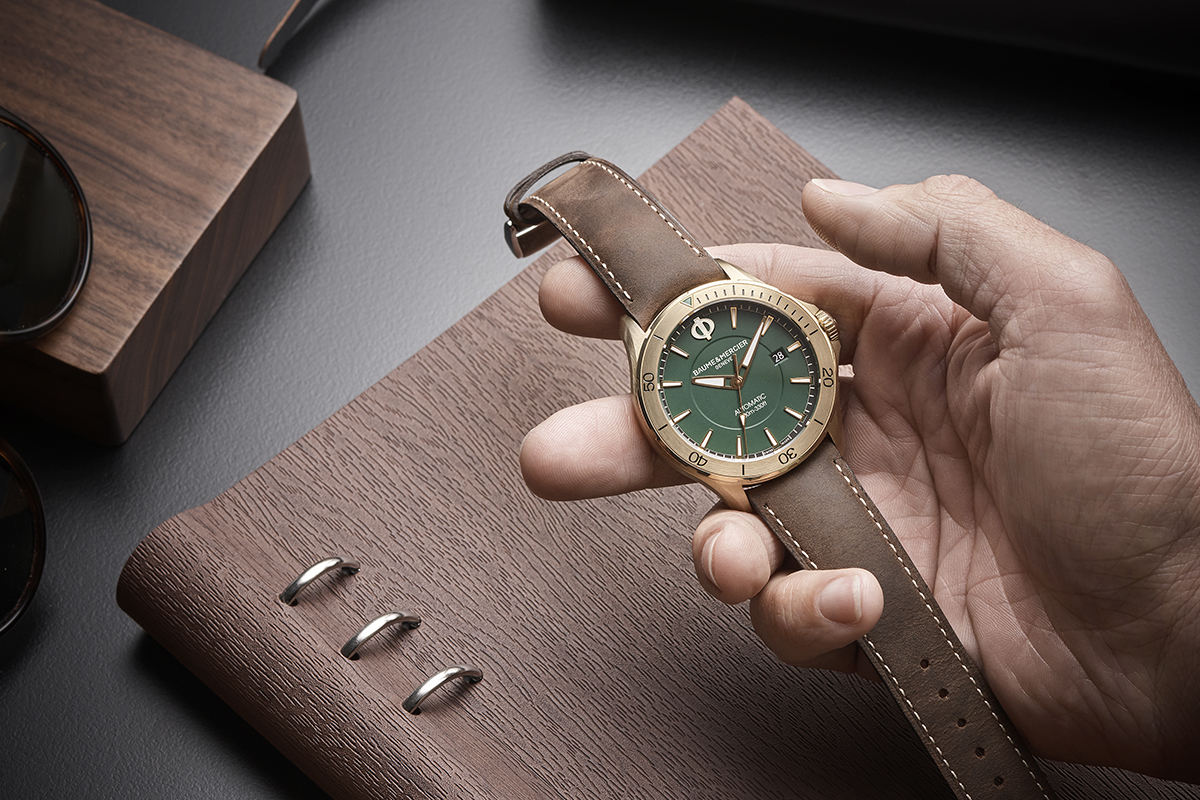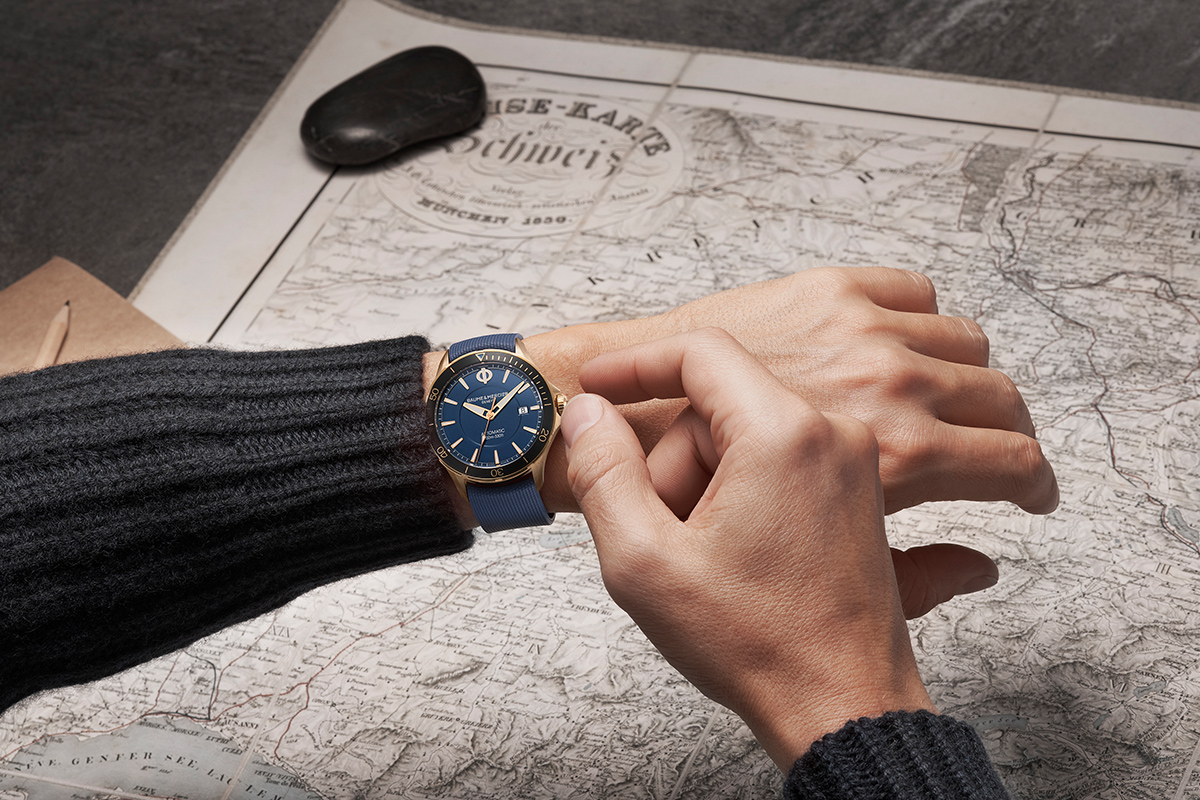With almost two centuries of rich history behind Baume and Mercier, it can be a challenge to create innovative designs and find new inspiration.
But the bygone charm of watchmaking is exactly what sets the luxury Swiss company apart.
“This is something magical about the watch industry,” Baume and Mercier Chief Operating Officer Daniel Braillard told The CEO Magazine. “A mechanical watch is forever. This is the big difference between smartwatches and mechanical watches.”
The Swiss watchmaking industry exported the equivalent of more than CHF21.7 billion (US$22 billion) in 2019, trumping the smartwatch market, which is expected to reach CHF30 billion (US$31 million) by 2025.
“The branch of making the smartwatch, it’s already here and is very important,” Braillard explains. “Smartwatches are produced at very large numbers of pieces, very industrialised and, more specifically, the life cycle is very short.
“Smartwatches you buy today will be over in two or three years and that’s it. You buy a new one or you buy something else.
“But when you buy mechanical watches of very good quality, you will keep it for years and years, then you will hand it down.”
This is something true for the executive; one of the most treasured pieces in their timepiece portfolio is their grandparent’s engraved 1940s pocket watch, handed down through the generations.
“For me, it’s very special. It’s really something precious,” Braillard says.
The romantic magic of a mechanical timepiece that has taken years to craft by the meticulous use of hundreds of hands is what runs through Baume and Mercier.
Renowned for its Swiss-made mechanical movements, the company’s Clifton collection offers contemporary, iconic and elegant timepieces that showcase its expertise.
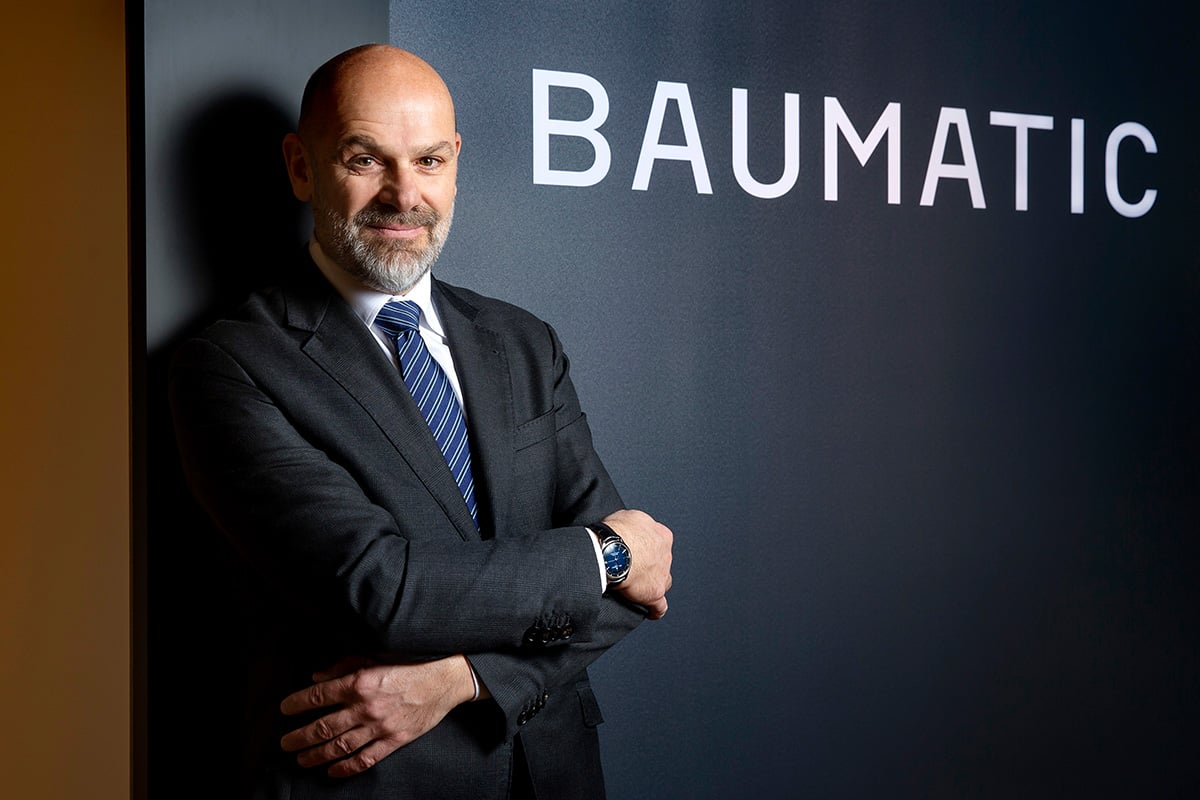
The star of the novelties is the striking Clifton Baumatic 10468, boasting an urban design featuring a blue dial.
But what really steals the show (and is Braillard’s personal favourite) is the Clifton Baumatic 10470 automatic watch with perpetual calendar function.
“This is something magical about the watch industry. A mechanical watch is forever.” – Daniel Braillard
With a moon phase aperture at six o’clock, the self-winding timepiece is complete with an 18-karat rose gold case and rose gold pin buckle.
“When we started the new Clifton collections – we launched in 2018 – and this specific watch, we started to work on six years before (it was released),” Braillard says. “At the beginning we are less than 10 people working on one project and at the end we are more than 100 people working on the one specific project.
“All three things – timing, visibility and cost – must be perfectly monitored during all the processes and it must start at the very beginning, because if we stop at a late stage, we waste a lot of money. The development is true for every kind of product.”
A history of 190 years lends itself to endless inspiration for the chronographers. Designs, shapes and aesthetics from the 1920s or 1950s are borrowed and optimised using new materials and technology, allowing for extended durability and quality.
Baume and Mercier are certainly a force to be reckoned with. The company has an international presence in more than 100 countries across five continents – but the business is not without its challenges.
From the Coronavirus outbreak in China and the yellow vests movement in France to the bushfires in Australia, unexpected international crises continue to disrupt the global economy.
“The challenge is to always be prepared to face those different situations,” Braillard says. “It’s always to prepare to adapt to the revolution of the world. This is the biggest challenge because you have the perfect strategy and then unexpected things happen, and you have to deal with that.
“It’s true on every topic. Social media influences a lot – everything around us. Sometimes it’s stronger than you are, and you must adapt to that reality.”
Drawing on his past career, the COO explains there are intriguing similarities between engineering and the world of horology.
“When you become an executive, it’s more about strategy, organisations and people management,” he says. “What I learned from my previous career – the precisions, the rigorous process – is that when you are building a timepiece, you cannot say, ‘We will do better next time.’ We must do it right the first time; check and double-check.”
While heritage mechanical watches are occasionally sold back to the Swiss empire, which are then showcased at its museum, the executive believes people will once again become enchanted by the craft of technical timepieces.
When asked if smartwatches pose a threat to the centuries-old industry, the former engineer believes quality over quantity will prove a stronger force.
“The world will be more and more about mechanical watches – beautiful and made from high-quality material,” Braillard told The CEO Magazine. “Of course, smartwatches can be a competition, but more so for simple quartz watches.
“Little by little smartwatches will disappear and then we will have more watchmaking – true watchmaking.”

